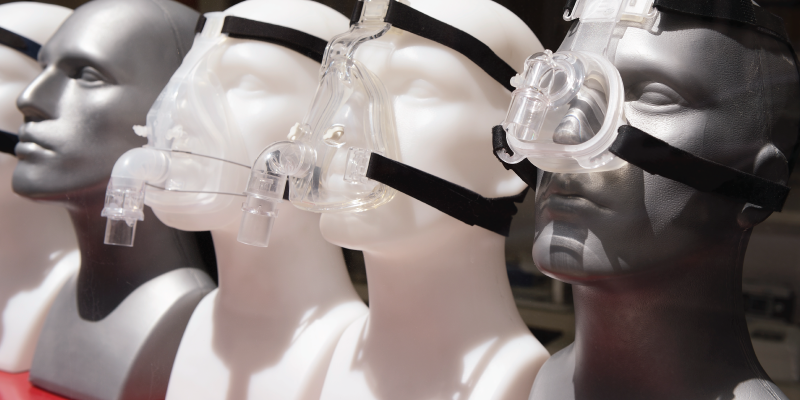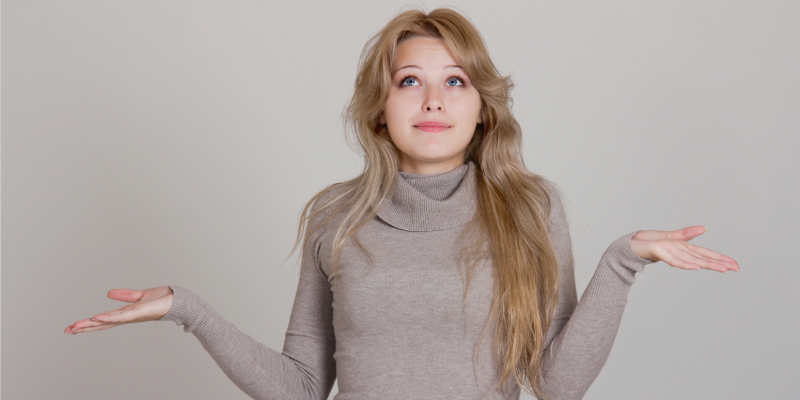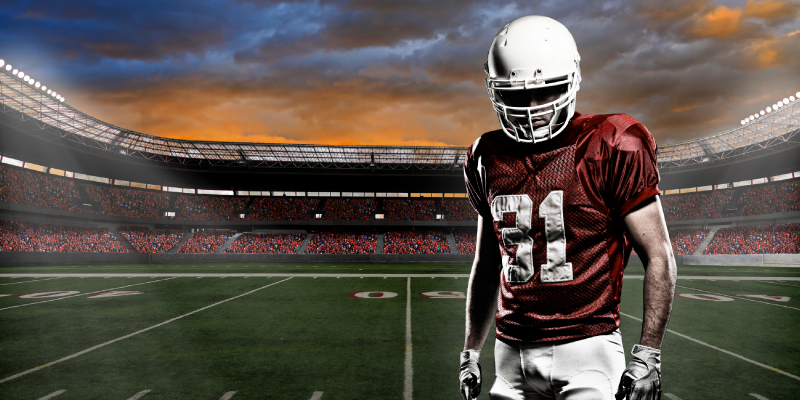
Most people think of pressure sores as something that happens to those who are bedridden, but it can happen to CPAP users as well. If you’ve experienced this, you know how uncomfortable it is—and how much it can interfere with your sleep apnea treatment! There are three main reasons contact sores can happen with CPAP masks, all of which can be addressed:
- CPAP Headgear tension
For many people, a tight CPAP mask is the main culprit. If your straps are too taut, your CPAP mask will be digging into your skin for 7 or 8 hours a night. However, the opposite can also be true. If the straps are too loose, your CPAP mask will shift and rub against your skin, causing irritation. Try to find the right tension for your headgear so that your CPAP mask doesn’t move, but also isn’t pressing into your skin either.
- Worn-out CPAP mask
A worn out CPAP mask can cause irritation as well. The cushioning on the edges breaks down over time, causing more pressure on your skin. Certain models of CPAP masks are able to have their cushions swapped out, so call us today or check out our online catalog if you think you need to do that for your mask. CPAP masks do need to be replaced once every three to six months, so you may also need to replace it entirely.
- A dirty CPAP mask
Some CPAP masks just need a good cleaning. It’s just no good for your skin to have all that dirt and oil pressing up against it every night. Get into the habit of wiping down your mask once a day. You can do this using a damp towel and a mild dish detergent, or by using CPAP mask wipes (we have them here). You should give your CPAP mask a full bath at least once a week, where you submerge it in soapy water and give it a good scrub.
If none of these things seem to help, don’t hesitate to reach out to us! Our experts can help you find the comfort you need in order to get a good night’s rest. We also carry a number of items that can help you remain CPAP compliant. Check out our online catalog, or give us a call today!



